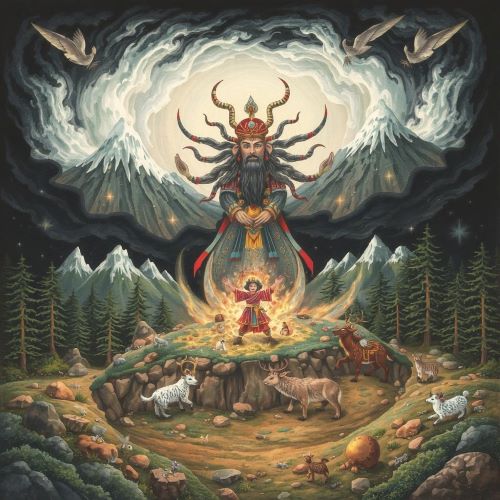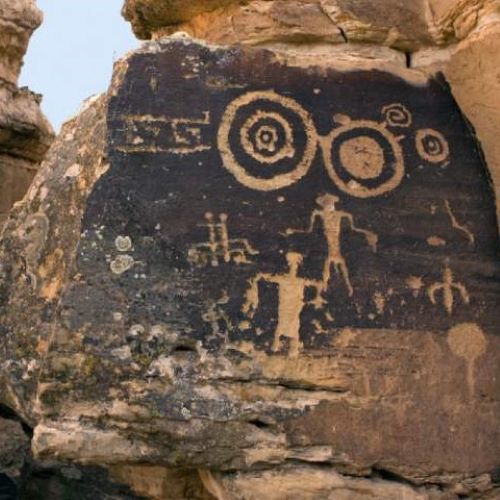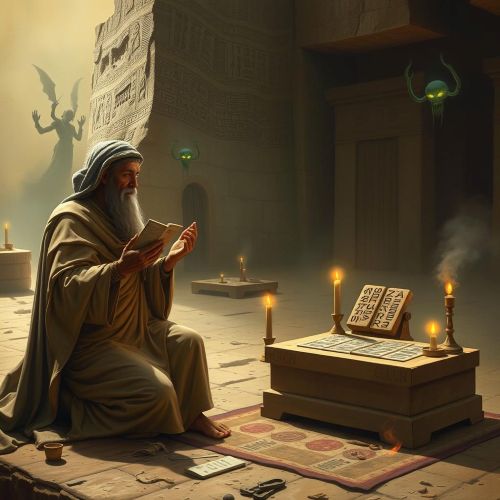Exploring the Kamuy: Nature Spirits of the Ainu People
The term Kamuy refers to the deities or spiritual beings in Ainu mythology, the indigenous belief system of the Ainu people of Japan, particularly in Hokkaido and the Kuril Islands. Unlike the polytheistic Shinto pantheon of mainland Japan, the Ainu worldview emphasizes a spiritual harmony between humans and nature, with Kamuy representing the divine forces within natural elements, animals, and even human-made tools. Revered for their power and influence, the Kamuy are central to Ainu rituals, legends, and daily life, acting as intermediaries between the physical and spiritual realms.
The Role of Kamuy in Ainu Culture
Kamuy are not distant, abstract gods. They are deeply integrated into the fabric of the Ainu world and closely connected to everyday life. Each Kamuy governs a specific domain of the natural world or human activity—rivers, mountains, fire, animals, weather, hunting, and more. This connection made rituals and offerings essential to appease and communicate with these divine entities, ensuring a balanced and prosperous existence.
For example, the Kamuy of Fire, known as Apehuchi, is one of the most honored deities and often acts as a gateway for communication with other Kamuy. Similarly, Kim-un-Kamuy, the god of bears and mountains, holds immense importance due to the bear’s vital role in Ainu subsistence and culture.
These deities are not merely worshipped out of fear or duty; they are respected and loved. Their presence is seen in every stream, animal, and flame, making the world itself a living embodiment of spiritual connection.
Classifications and Types of Kamuy
Kamuy can generally be classified into several types based on their domains:
-
Natural Kamuy: These include deities of elements such as fire, water, wind, and celestial bodies. For example, Tokap Kamuy is the sun deity, while Wakka-ush Kamuy represents fresh water.
-
Animal Kamuy: Many animals are considered Kamuy in disguise. The bear (Kim-un Kamuy), owl (Kotankor Kamuy), and fox are all spiritual beings in animal form, visiting the human world temporarily.
-
Ancestral or Cultural Kamuy: These Kamuy are believed to have taught humans essential skills like hunting, weaving, or healing. They serve as guardians and benefactors of the Ainu people.
-
Malevolent Kamuy: Not all Kamuy are benevolent. Some are believed to bring disease, misfortune, or death, and specific rituals are conducted to ward off their influence.
Each Kamuy has its own myths, ceremonies, and forms of veneration. Their actions in myths often serve as moral lessons or explanations for natural phenomena.
Kamuy Rituals and Offerings
One of the most famous Ainu rituals is the iomante, a ceremonial sending-off of a bear Kamuy. In this deeply symbolic ritual, a bear cub is raised by a village and then ceremonially sacrificed to release its spirit back to the divine realm. Though controversial today, this ritual exemplified gratitude and spiritual respect, rather than cruelty. The Ainu believed that by offering the bear’s spirit back to the divine world, they ensured the continued blessings of Kim-un Kamuy.
Daily rituals also involved offering food, sake, or inau (shaved wood wands) to household Kamuy like Apehuchi, thanking them for protection and blessings. These practices reinforced the symbiotic relationship between the human and spirit worlds.
Kamuy in Mythology and Oral Tradition
Ainu myths are passed down through oral storytelling and Yukar—epic chants that narrate the deeds of Kamuy and human heroes. These stories often involve Kamuy taking on human or animal forms, journeying through realms, teaching lessons, or interacting with mortals.
For instance, Kotankor Kamuy, the owl deity, is often portrayed as the protector of villages and a wise overseer. His keen vision and nocturnal vigilance symbolize safety and foresight. Such stories not only preserve cultural values but also explain the world through a spiritual lens.
Modern-Day Recognition and Cultural Revival
With centuries of marginalization, Ainu culture and its spiritual systems, including belief in the Kamuy, were nearly lost. However, recent decades have seen a cultural revival. The Japanese government formally recognized the Ainu as an Indigenous people in 2008, and educational efforts have brought greater awareness of Kamuy mythology and traditions.
Contemporary Ainu activists, artists, and scholars are working to reclaim and reintroduce these sacred narratives. In literature, visual art, and festivals, the Kamuy are being honored once again, not as relics of the past but as vital forces in shaping Indigenous identity and ecological harmony.
Kamuy are also being recognized in digital media, documentaries, and games, bringing their presence to new generations around the world.
No posts were found.









